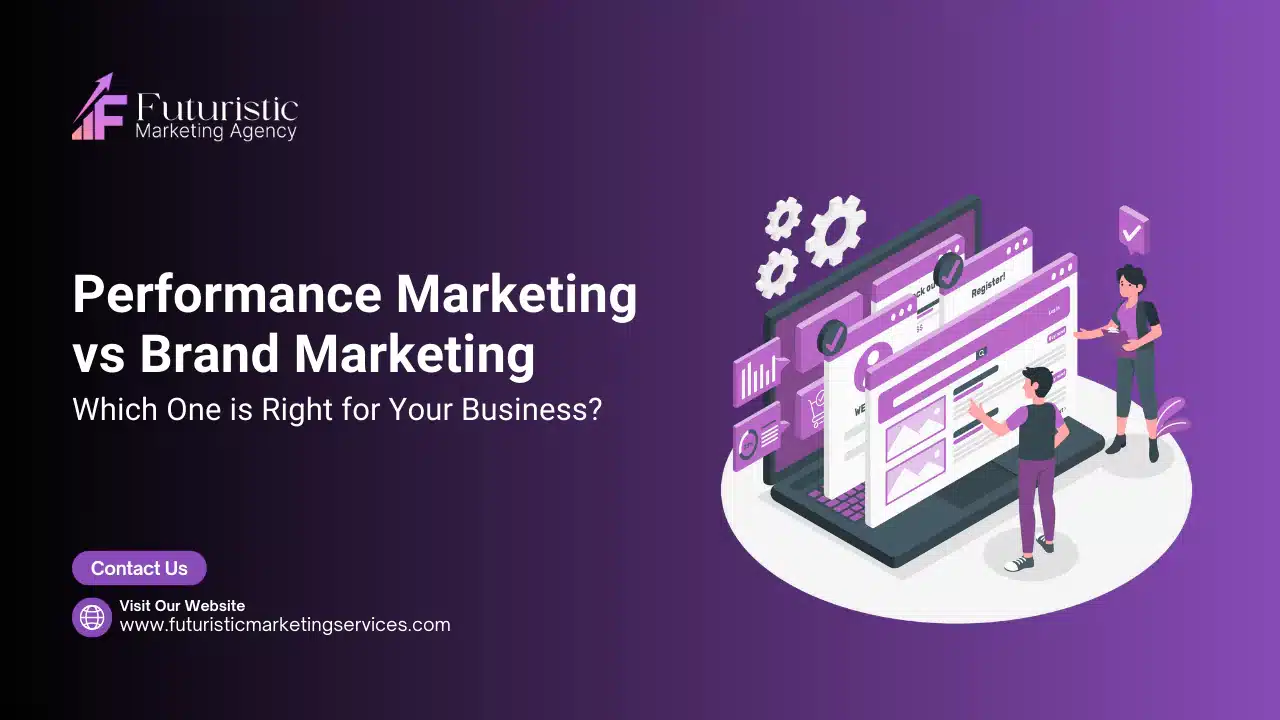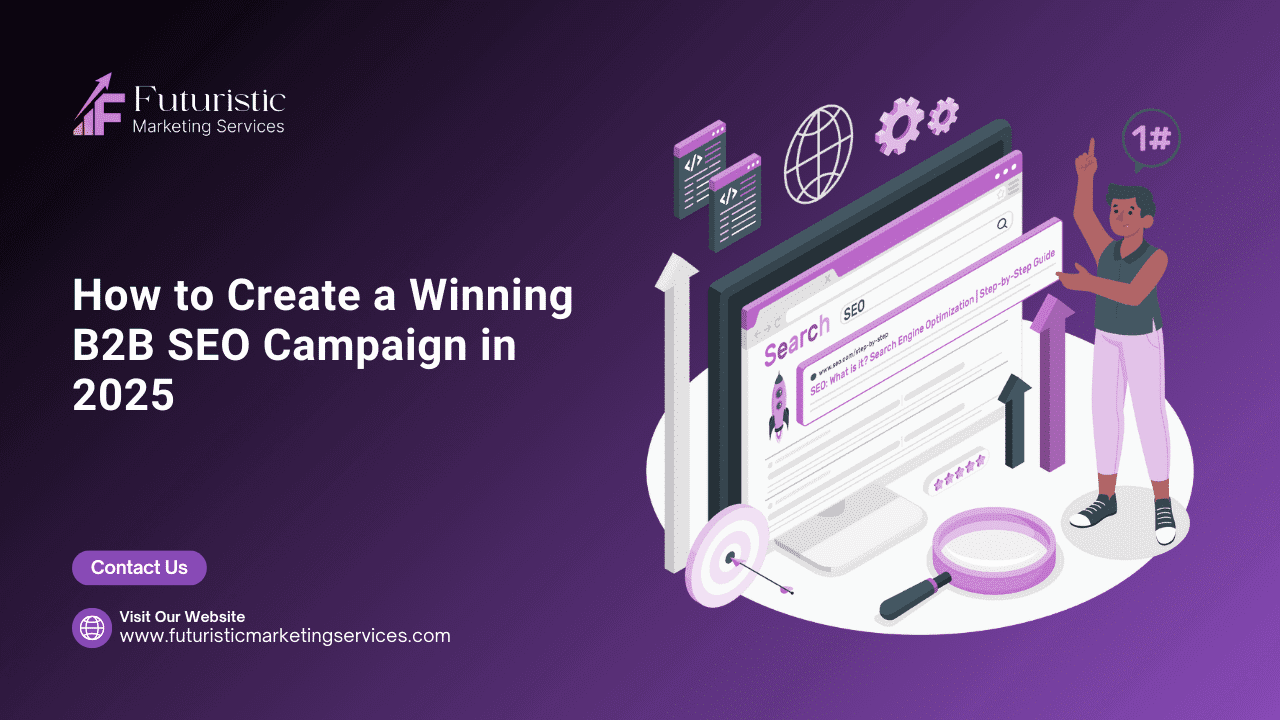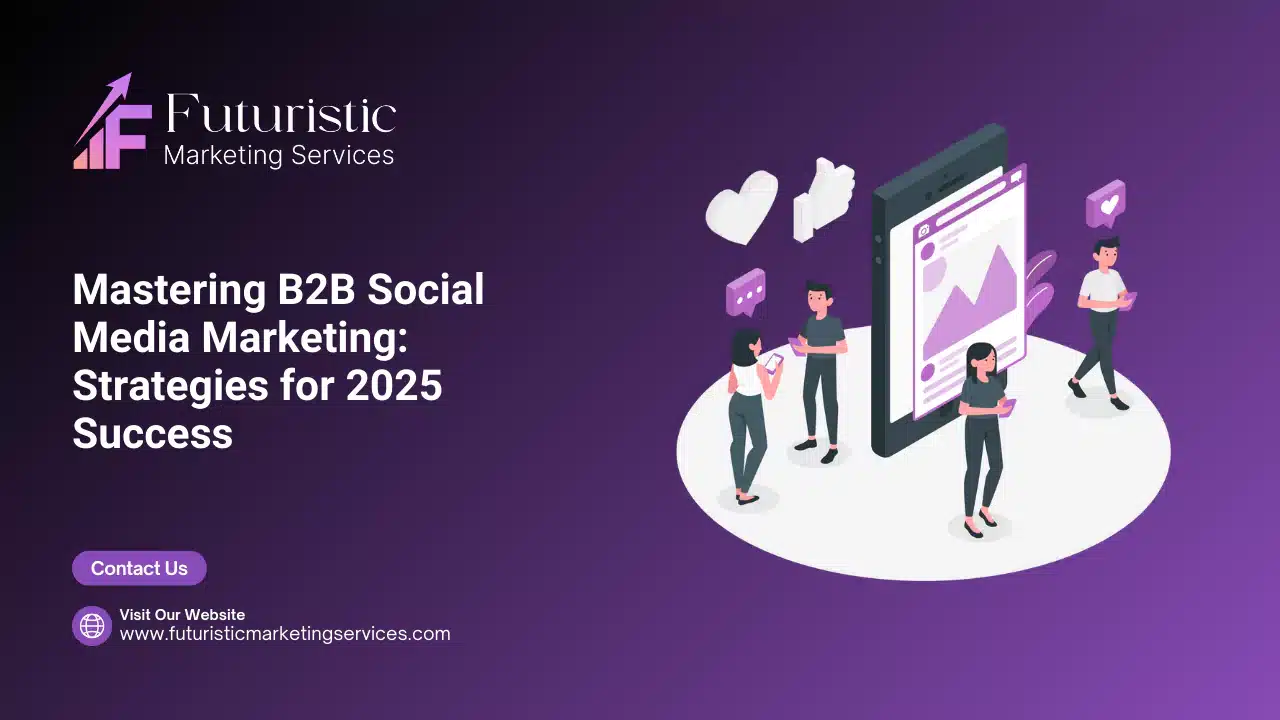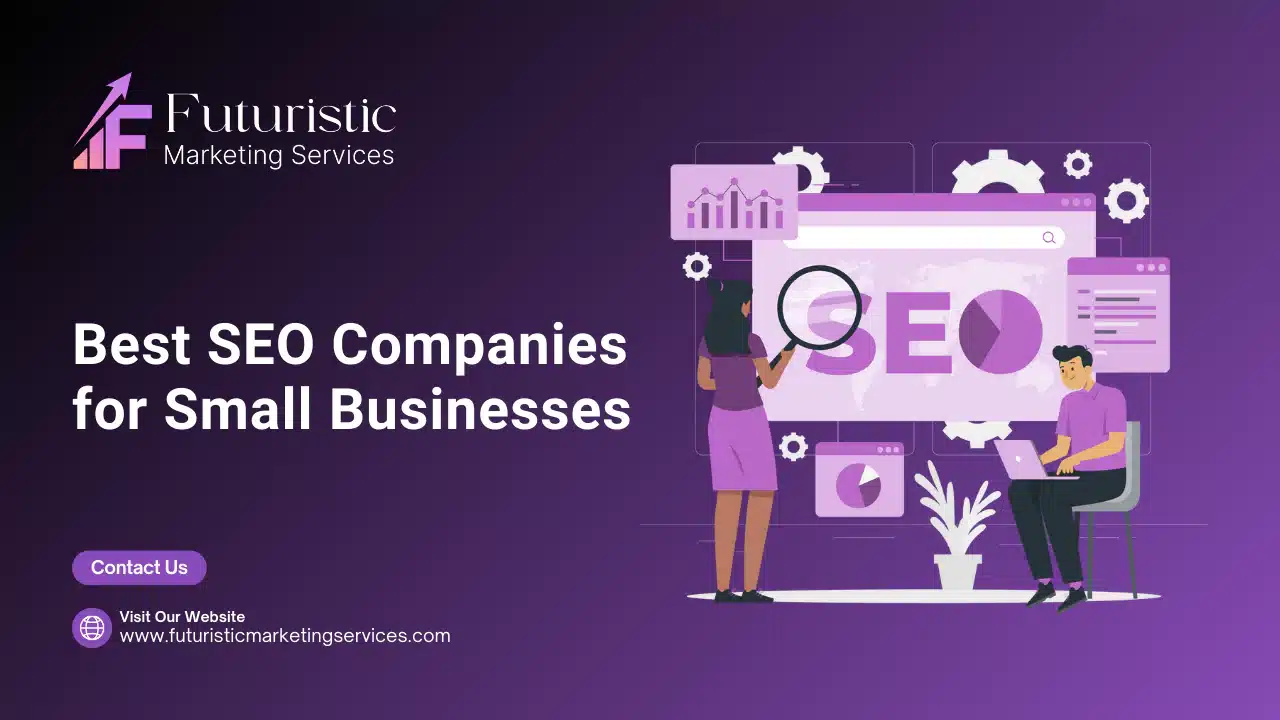When navigating the world of marketing, one critical decision every business faces is choosing between performance marketing and brand marketing. Both approaches are effective but serve different goals. This blog dives deep into their differences, advantages, and how to decide the right strategy for your business.
What is Performance Marketing?
Performance marketing focuses on measurable actions such as clicks, conversions, or leads. It is data-driven, ensuring every penny spent generates a tangible result.
Key Channels of Performance Marketing
- Paid Search (PPC): Leveraging platforms like Google Ads to target specific keywords.
- Display Advertising: Eye-catching banners on relevant websites.
- Affiliate Marketing: Partnering with publishers to drive traffic.
- Social Media Advertising: Platforms like Facebook and Instagram for precise targeting.
When Should You Use Performance Marketing?
If your business requires immediate results, such as lead generation or driving sales, performance marketing is the go-to strategy.
Businesses utilizing performance marketing have seen a 30% higher ROI compared to traditional methods (source).

What is Brand Marketing?
In contrast, brand marketing emphasizes long-term goals like customer trust, loyalty, and recognition. It’s about telling your story and making a lasting impression.
Key Channels of Brand Marketing
- Content Marketing: Blogs, videos, and infographics that provide value.
- Public Relations (PR): Building credibility through media coverage.
- Sponsorships: Aligning with events that resonate with your audience.
- Organic Social Media: Sharing content to engage followers authentically.
When Should You Use Brand Marketing?
Brand marketing is essential for businesses looking to establish a unique identity and foster customer loyalty over time.
Consistent brand presentation across channels increases revenue by 23% (source).
Performance Marketing vs Brand Marketing: Key Differences
Aspect | Performance Marketing | Brand Marketing |
Goals | Immediate conversions | Long-term loyalty and recognition |
Metrics | ROI, CPL, CPA | Brand recall, customer sentiment |
Timeframe | Short-term | Long-term |
Channels | Paid ads, affiliate marketing | Content marketing, PR, sponsorships |
Cost | Pay-for-performance | Higher initial investment |
For a detailed look at marketing strategies tailored for your business, check out our Marketing Services.

Advantages and Disadvantages
Pros of Performance Marketing
- Measurable results and ROI.
- Flexible budget allocation.
- Real-time adjustments.
Cons of Performance Marketing
- Dependency on ad spend.
- Lower brand loyalty.
Pros of Brand Marketing
- Builds trust and loyalty.
- Sustainable growth over time.
Cons of Brand Marketing
- Results take longer to materialize.
- Requires a higher initial investment.
How to Combine Performance and Brand Marketing?
An integrated approach leverages the best of both worlds. Use brand marketing to build awareness and performance marketing to drive conversions.
Strategies for Integration
- Create brand-focused content and promote it using paid ads.
- Use performance campaigns to retarget users exposed to your brand.
- Measure success with a combination of brand recall surveys and conversion metrics.
Coca-Cola’s “Share a Coke” campaign used brand marketing to create emotional connections, supported by targeted ads for immediate impact (source).

Which Approach is Right for Your Business?
The right strategy depends on your business goals, industry, and budget.
Factors to Consider
- Budget: Performance marketing suits smaller budgets with immediate needs.
- Industry Type: Tech startups often lean towards performance marketing, while luxury brands favor brand marketing.
- Audience Behavior: Understand where your audience spends their time and how they engage.
To explore more strategies tailored for your business, contact our team at Futuristic Marketing Services.
Conclusion
Understanding the differences between performance marketing and brand marketing helps you make informed decisions that align with your business goals. For most businesses, a blend of both strategies delivers optimal results.
Need expert guidance? Explore our Marketing Services or contact us today.









